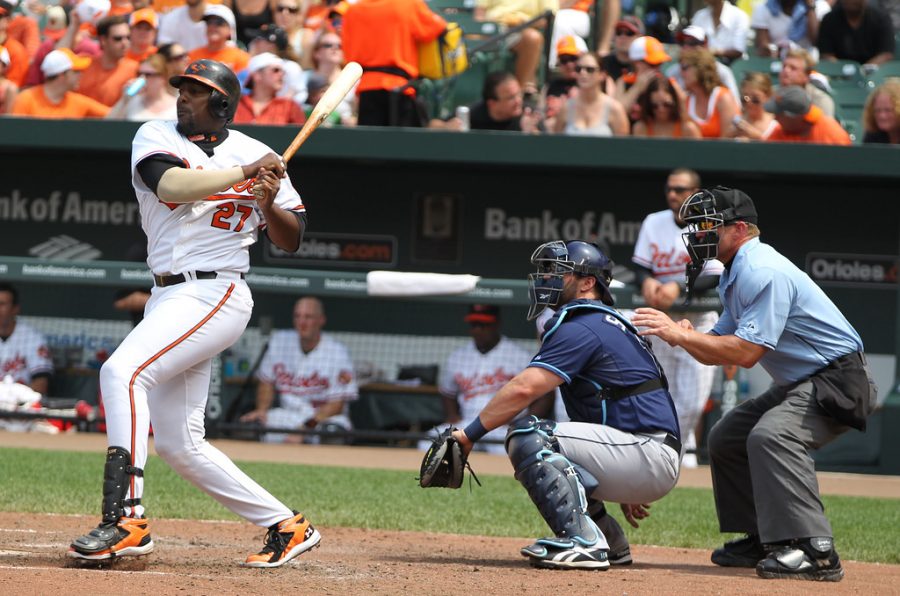The 2019 MLB season is already well underway. To true baseball fans like myself, the game provides plenty of excitement. However, lots of fans contend that baseball is more boring than ever. And they’re probably not wrong.
According to boston.com, batters are on pace to strike out over 43,000 times this year. In 2005, batters only struck out 30,000 times. Is this trend ruining the game?
Ruining might be a strong accusation, but baseball certainly is losing some of its beauty. Now, it should be noted that it’s harder than ever to be a hitter. Pitchers throw faster than ever. There’s also more specialization among pitchers. Managers often use pitchers for just one or two batters, and then switch to a different pitcher. It’s very hard for hitters to compete with these fresh arms out of the bullpen throwing in the upper 90s without having to worry about getting tired.
Defenses also shift around to adjust to the batter at the plate. For example, many teams will put three infielders on the left side of the infield, instead of the usual two, when a lefty is up. This makes it harder to find the gaps in the field and get hits.
All this has led to most batters adopting an all-or-nothing approach. There’s a huge emphasis on hitting the ball in the air, and hitting it out of the park. This leaves little room for error and has led to a big increase in strikeouts. Look, striking out happens to every baseball player. But this much? Many of these players are too talented to be striking out as much as they do.
There are rule changes the MLB can make to limit strikeouts: They could implement a rule that all pitchers must face at least three batters to reduce specialization. They could restrict the types of shifts teams can do. Both of these changes would help bring back some excitement to the game.
Ultimately though, a lot of baseball’s allure lies in the hands of the hitters. Too many times when a batter has two strikes — a situation when, historically, hitters have been told to just do anything they can to make contact with the ball — they’re still swinging for the fences. Most hitters have adopted the approach that in order to beat the shift, they must hit it over everyone’s heads. This is what has led to more home runs, and unfortunately more strikeouts as well. One could argue that this strategy, though it may work for some, is a bit misguided. The weakness of the shift is that although there may be three infielders on one side, there’s only one infielder on the other side. Why not just try to poke it there? That’s almost a guaranteed base hit.
Again, there are certainly things the MLB can, and probably should, do in order to limit strikeouts and bring back some of the beauty to the game. On the flip side, can you really blame pitchers and defenses for evolving? Fielders have adjusted to the batter. Maybe it’s time the batter adjusts to the fielder.



































